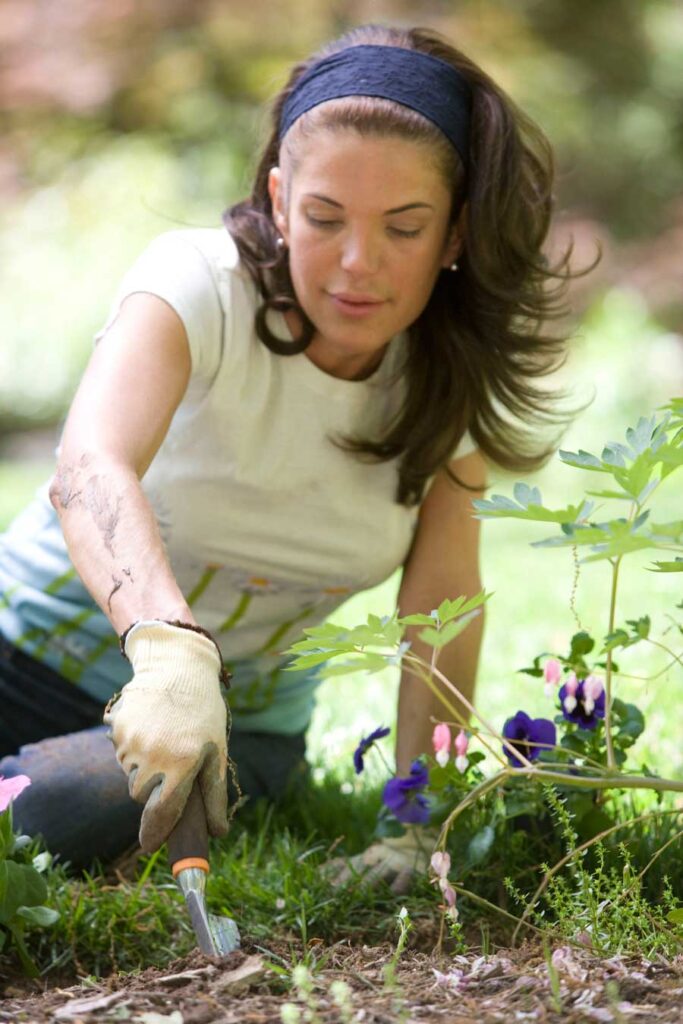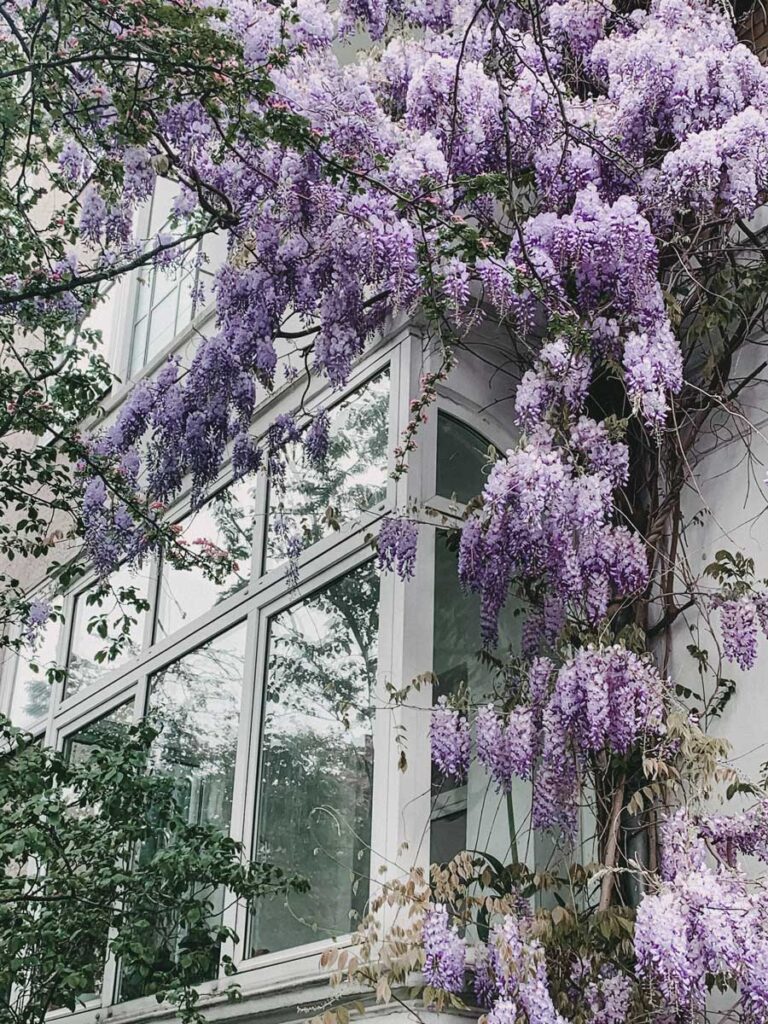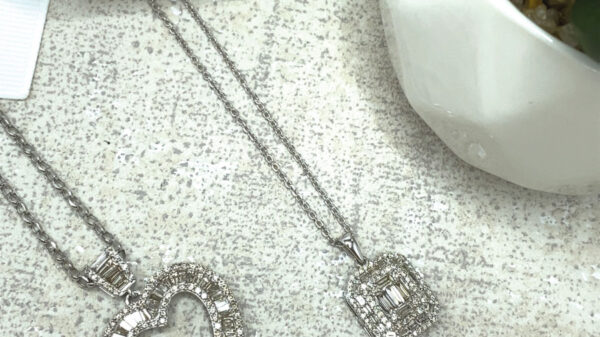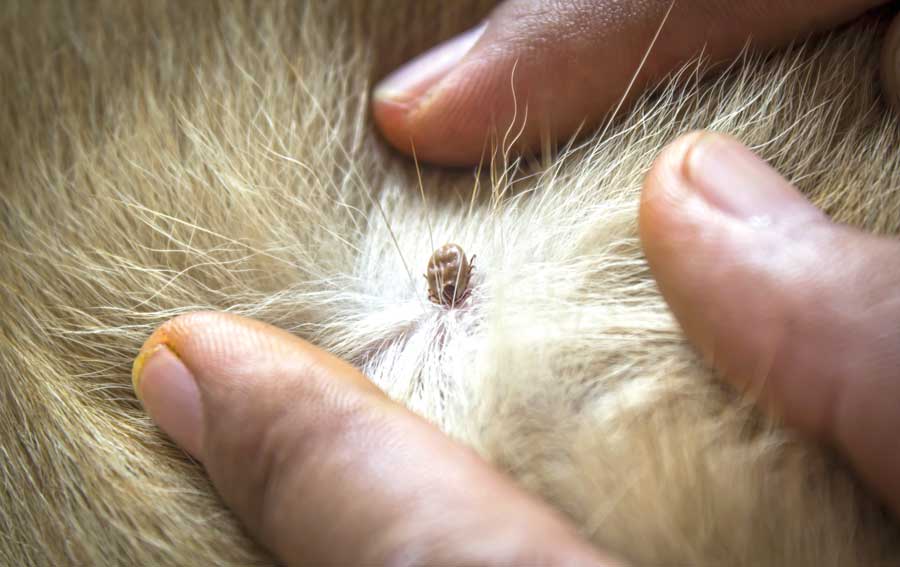July is an odd time of year in the garden, the first flush of summer flowering plants like alliums, lupins and delphiniums start to fade and gaps start appearing in the border. This is where the planning we did earlier in the year comes into play and why it is essential to carry a note book or cheap pocket diary and pencil with you whilst in the garden.
More so if you are new to gardening recording flowering times, jobs to do and plants that haven’t done too well will help you create a unique diary of when there are gaps in the flowering calendar that need to be filled and what suits your garden. If you carry this note book with you when you are out and about you can also note plants or elements of gardens you see that you like. Its easy to forget little details when we are busy with work and family and there is nothing more frustrating than trying to remember a plant or garden feature you saw only a few days earlier.

As the garden moves towards the height of its summer display it is important to try and keep on top of jobs like weeding, removing faded flowers and dealing with pest and disease problems. The key is to break these jobs down into little tasks, for example wandering around the garden in a spare hour on a summers evening is more than enough time to do a little dead heading or pulling out the largest of those weeds. Pests and diseases can be a nuisance but there are a good number of organic sprays and treatments available now that give good control whilst having minimal impact on the environment.
There are some shrubs that benefit from pruning at this time of year due to the fact that they are inclined to become very large and congested resulting in an unruly shrub dotted with flowers. Philadelphus, weigela and forsythia are three examples. If your plant is established and quite overgrown then its a good idea to remove two or three of the oldest branches back to ground level, this will encourage new shoots that will replace them and repeating this every year will ensure that your plant remains healthy and in good shape. At the same time cut back any shoots that have flowered back to a side-shoot that has not flowered. It’s a good idea to water and feed after pruning at this time of year as it helps the plant recover and continue growing.

Wisteria is a very attractive quite vigorous wall shrub but it can quickly get out of control producing large tangled, heavy plants that can damage fences and walls if left. Pruning in summer and again in late January (I will remind you), will ensure you have a well behaved plant with the potential to flower well. At this time of year the plant will have produced long whippy stems of new growth, these should be pruned back to about five buds from where they started to grow this year. The only exception is where you want to train the plant further along the support or wall. just carefully tie in the ones you want to keep. Water and feed after pruning, a general organic fertiliser is fine.
It’s full on in the vegetable garden harvesting. Planting and sowing small batches spreads the cropping over a much longer season and avoids having say twenty cauliflowers all ready at the same time. I like cauliflower but not every day for two weeks. With most members of the cabbage family you can harvest before they are fully mature, small young cabbages or cauliflowers are delicious and great in stir fries or finely chopped in salads. Areas where you have lifted autumn planted onions or garlic are perfect for later crops, simply sprinkle a little general fertiliser and plant or sow salad leaves, pak choi, turnips or early varieties of peas, for late summer autumn harvest. If you are direct sowing into the vegetable plot, raised beds or pots don’t let them dry out in the summer heat, especially in the first few weeks after sowing. Seed is small and it doesn’t take much heat to dry the top inch of soil, this in turn dries the developing seed and kills any roots, check daily and ideally water in the evening when the day is cooler. In particularly hot weather it is a good idea to drape some shade netting over bent metal hoops so the emerging seedlings don’t get scorched.
Happy gardening,
Martin
Next month, (don’t neglect your strawberries, deal with lanky lavender and tending tomatoes.)







